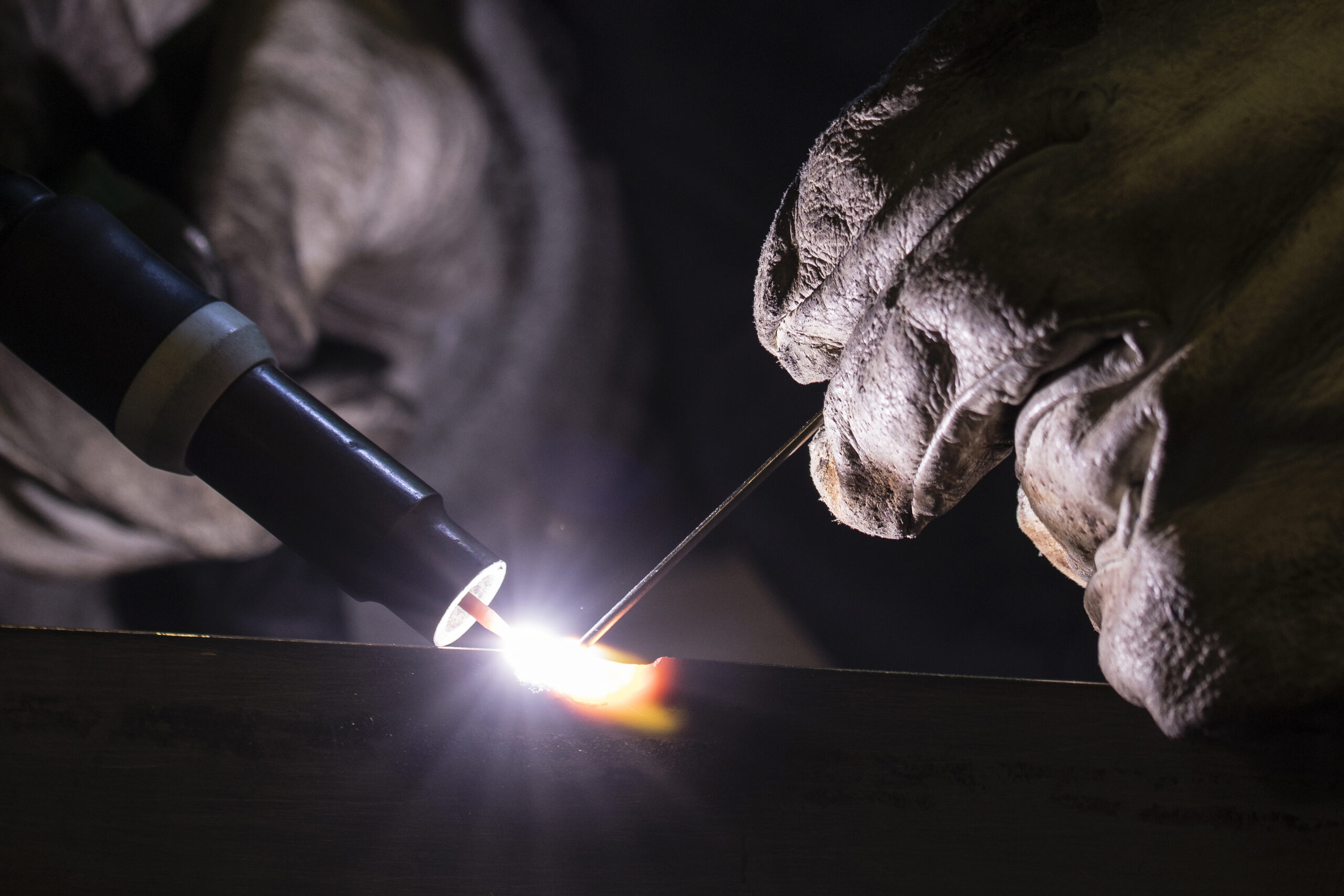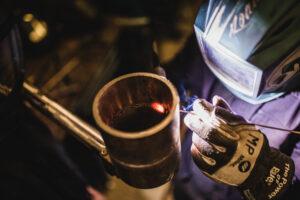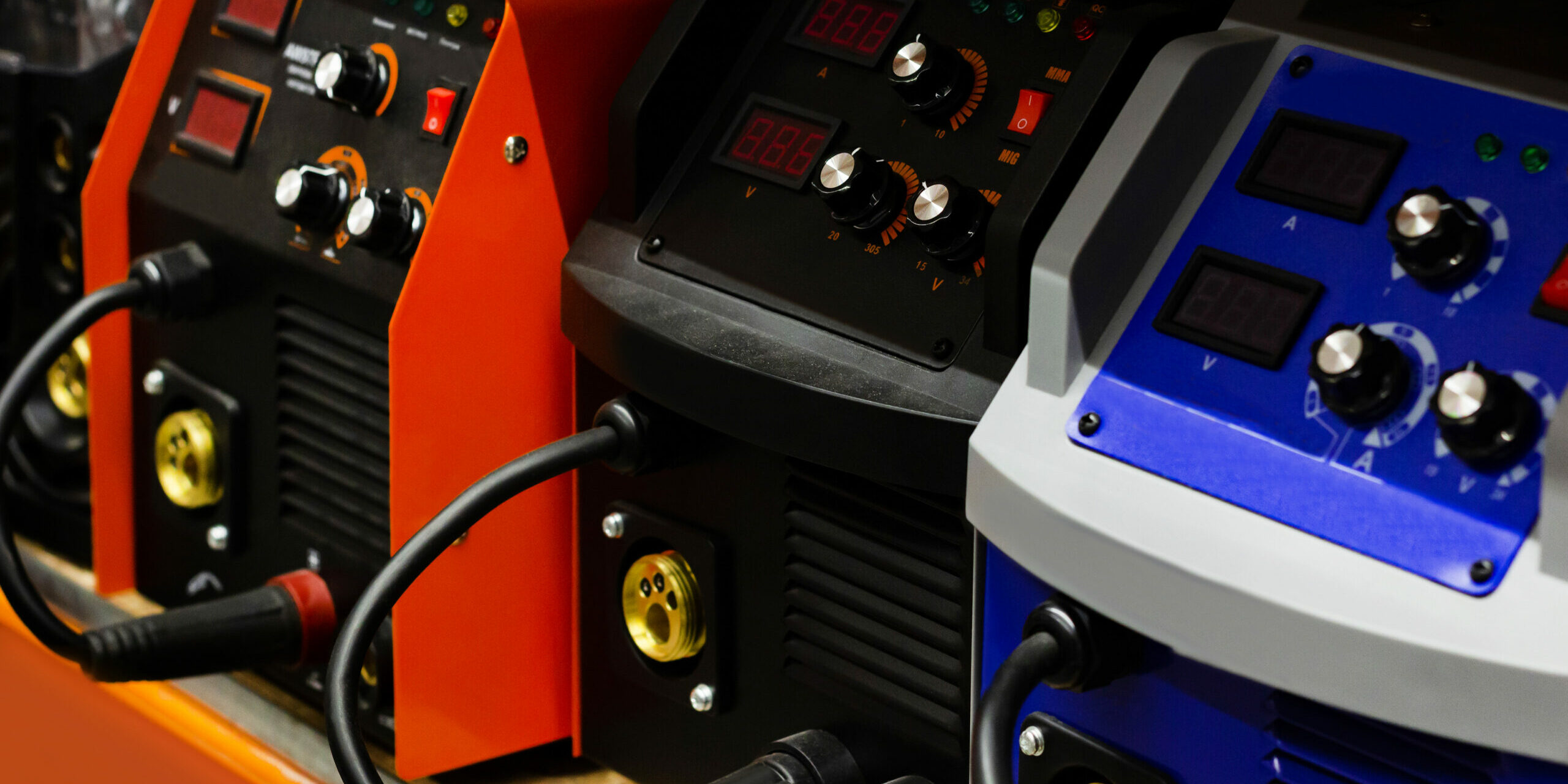Welding is a versatile and essential skill, applicable in various industries and hobbies. Whether you are interested in automotive repairs, DIY projects, or even considering a career as a professional welder, purchasing your first welder is a significant step. However, with numerous welding processes, machine types, and features to consider, it can be a distressing task. In this guide, we will help you navigate the complex world of welding machines and make an informed choice when buying your first welder.
A) Identify your Welding needs
Before you start shopping for a welder, it is crucial to identify your specific welding needs. Different welding processes and machine types are suitable for various applications. Some common welding processes include:
- MIG Welding (GMAW): It is ideal for beginners, great for welding thin materials, automotive repairs, and general-purpose projects.
- Stick Welding (SMAW): It is versatile and can be used for a variety of materials.
- TIG Welding (GTAW): Offers precise control and is excellent for welding stainless steel, aluminum, and other non-ferrous metals.
- Flux-Cored Welding (FCAW): Suitable for outdoor welding and works well on thicker materials.

If you want to know more about welding processes, we recommend you to read this article.
B) Consider the Power Source
Welding machines can have different power sources. The choice of power source depends on your specific requirements and workspace. Common power sources include:
- Electric Welders: Suitable for indoor use, these machines run on standard household voltage or require a 220V outlet for higher amperage welding.
- Gas Welders: Used in outdoor settings, gas-powered welders are known for their portability and reliability.
C) Determine the Amperage Range
The amperage range of a welder is crucial, as it determines the thickness of the materials you can weld. If you plan to work on various projects, it is wise to choose a welder with an adjustable amperage range. For example, a welder with a 10–200-amp range will allow you to work on a wide variety of materials.
D) Portability and Size
Consider where do you plan to use the welder machine. If you need a portable machine, look for a compact and lightweight design. Larger machines are typically more powerful but may not be suitable for small spaces or on-the-go welding.
E) Duty Cycle
The duty cycle is the amount of time a welding machine can operate in a 10-minute period without overheating, and it will change at different amperages. A higher duty cycle is preferable, especially if you have extended welding tasks. For light-duty tasks, a 30% duty cycle may suffice, but for more intensive welding, aim for a 60% or higher duty cycle.
Every welding machine is (or should be) equipped with thermal overload protection, ensuring that the machine automatically shuts down when its critical internal components reach a specific temperature to prevent any potential damage.

F) Safety Features
Safety should be a top priority when buying a welder. Look for machines with essential safety features like overheat protection, voltage fluctuation protection, and a fan to cool the welder. Additionally, always invest in the necessary safety equipment, such as a welding helmet, gloves, and protective clothing.
You can also find relevant information about safety measures and welding equipment by reading this article.
G) Budget and Brand
Welding machines come in a range of prices; therefore, it is essential to set a budget before shopping. Keep in mind that a higher quality welder may cost more upfront but can save you money and frustration in the long run. There are recognized welding equipment manufacturers like Miller Electric or Abicor Binzel that offer reliable products.
If you are on a tight budget, consider purchasing a used welder from a reputable source. However, be cautious and thoroughly inspect the machine to ensure it is in good working condition.
Soldamatic: made for welders, by welders
By this methodology, welders can engage in realistic, risk-free, and cost-effective practice sessions until they have mastered the essential skills and abilities to transition to a physical environment. Throughout this process, they can review their performance data to identify and address their areas of difficulty at any time. This data that is shown in the Analysis module has been previously parameterized in a real workshop.
Anyone can be a welder, but it takes passion to be a good welder
Buying your first welding machine can be an exciting and rewarding experience, opening the door to a wide range of projects and opportunities. By understanding your welding needs and usage of the welder, your budget, and considering the safety measures, you can make an informed decision when selecting the right welder for you.
Remember that learning to weld is a skill that takes practice, something that you can align with Soldamatic. Take your time to get to know your new machine and, most importantly, prioritize safety throughout your welding journey.
